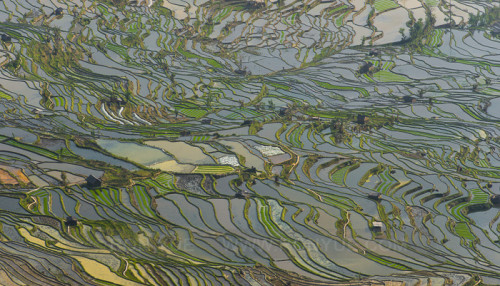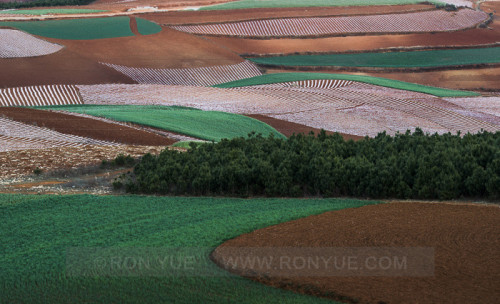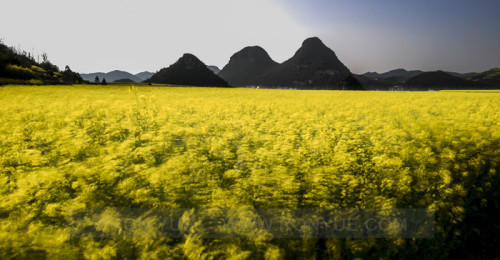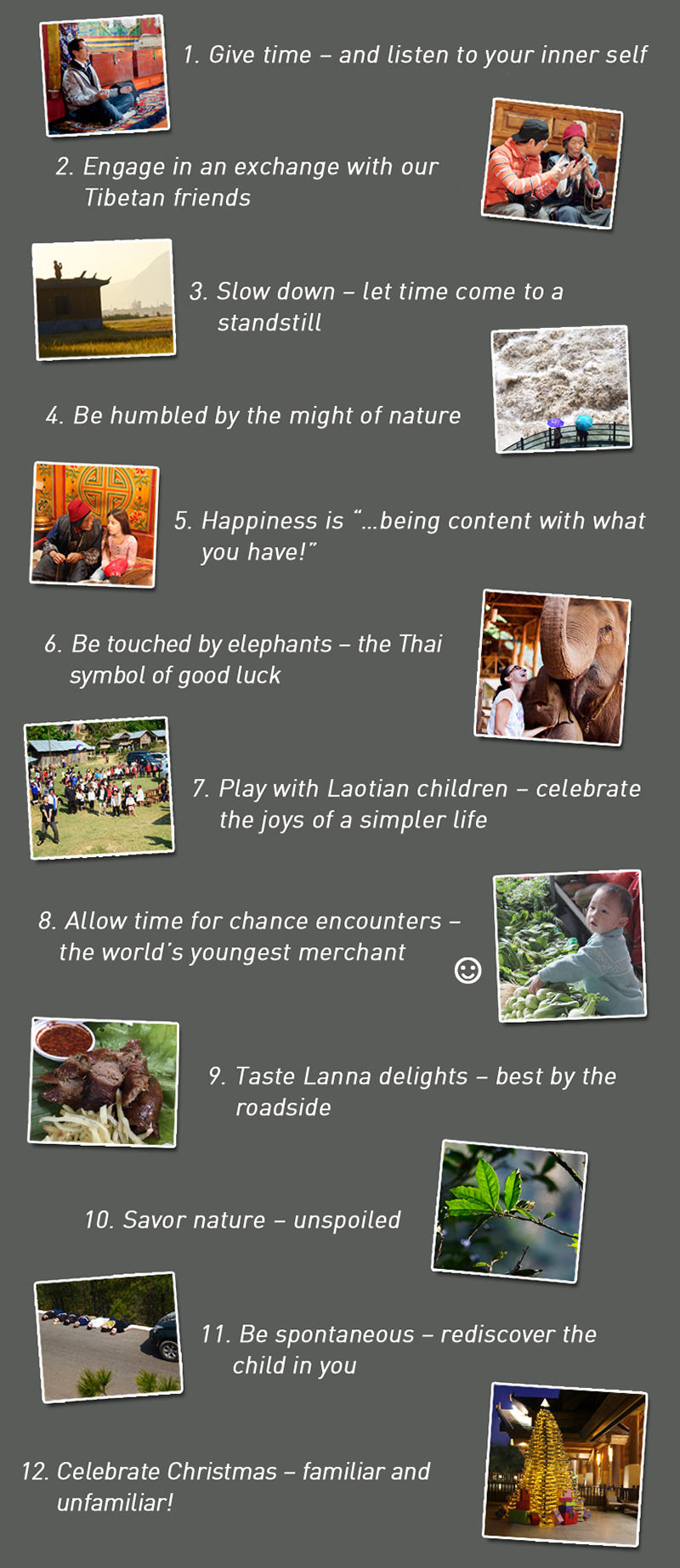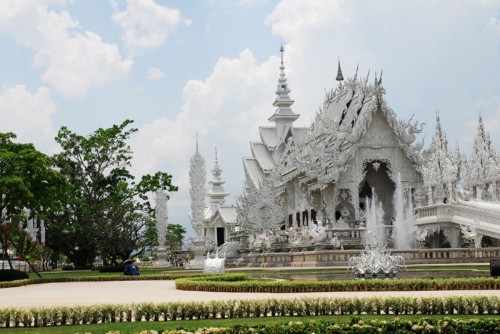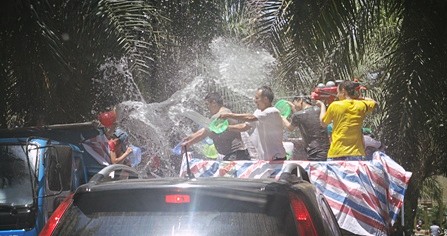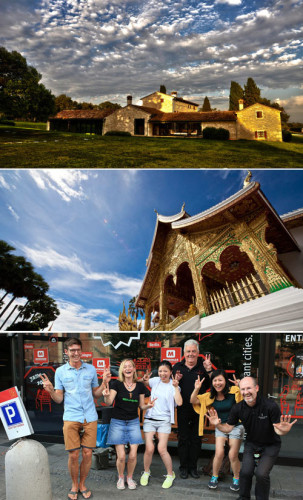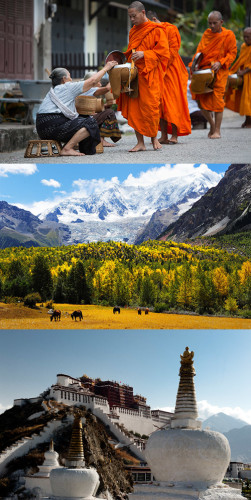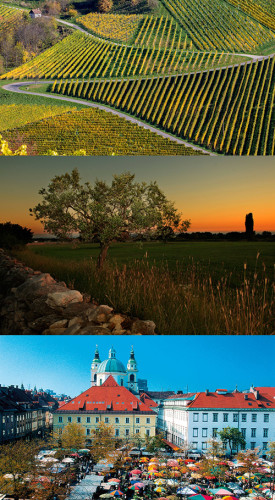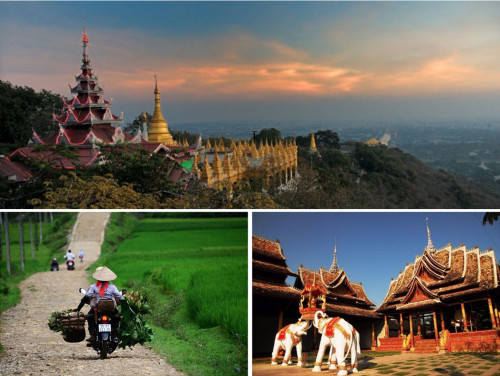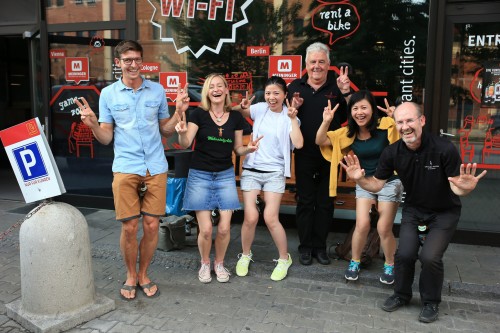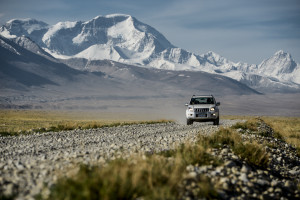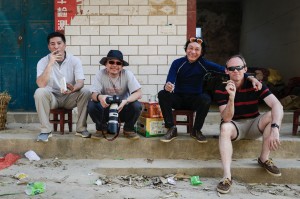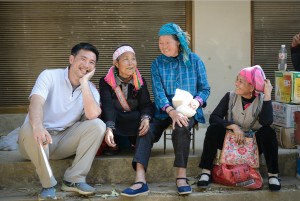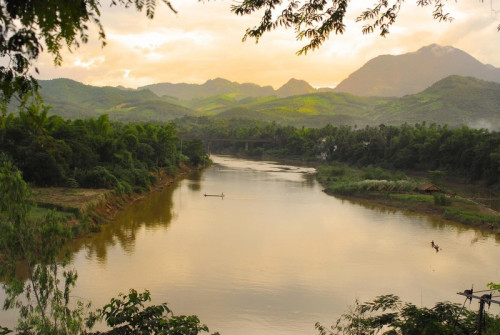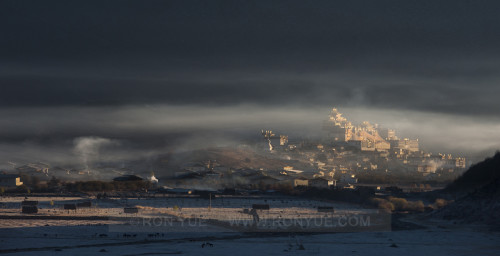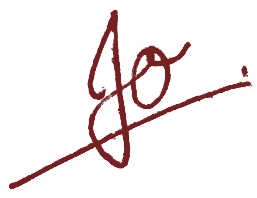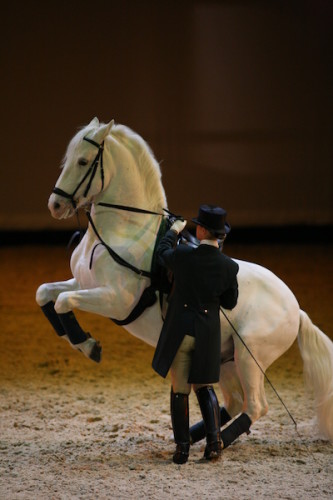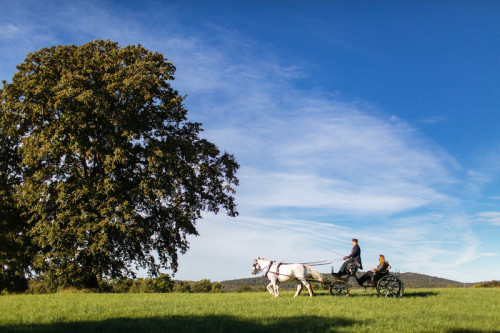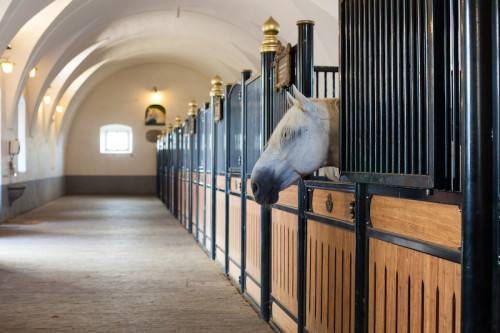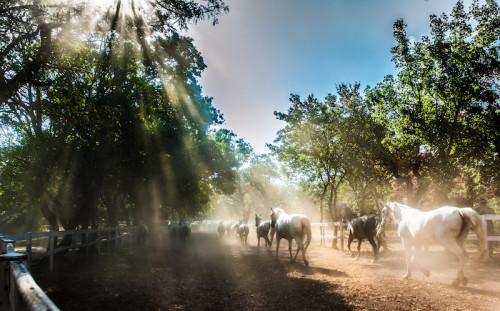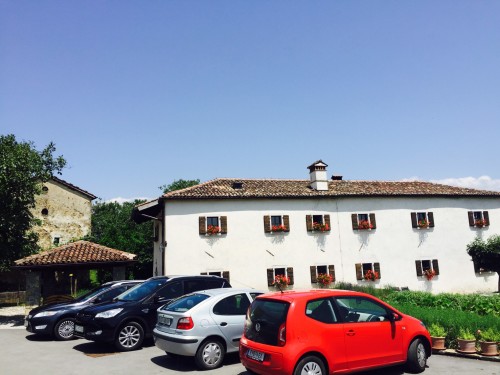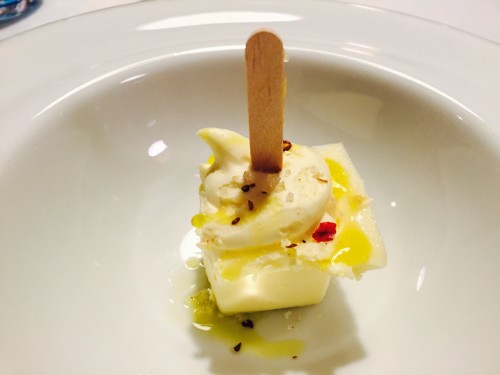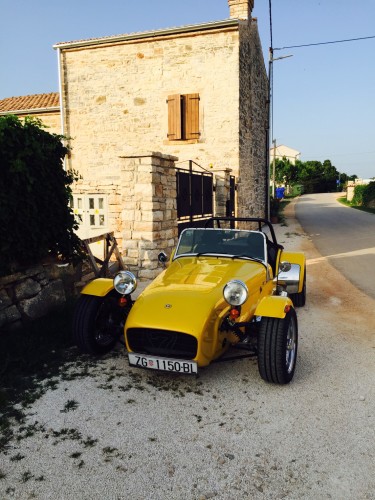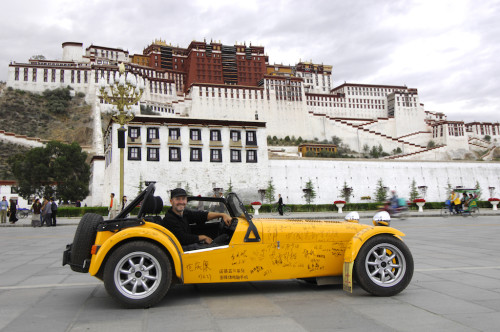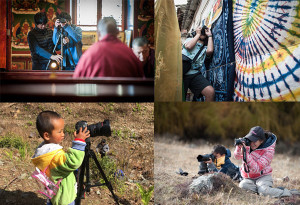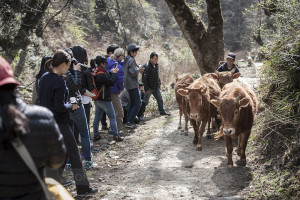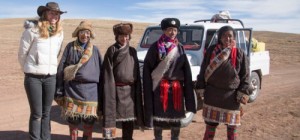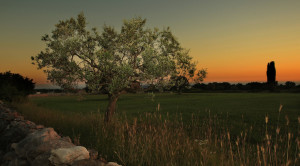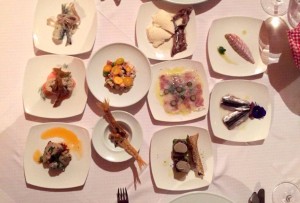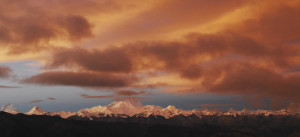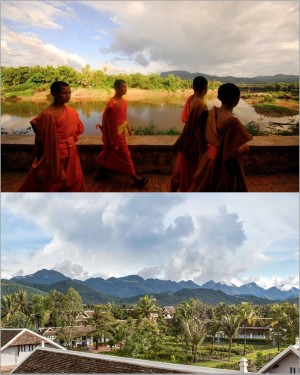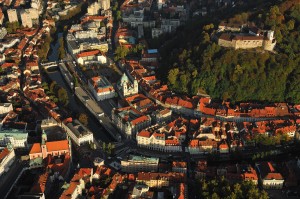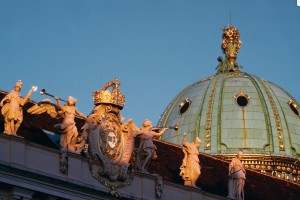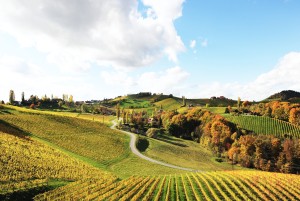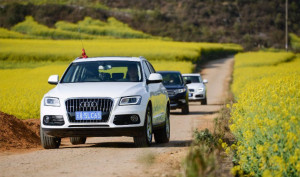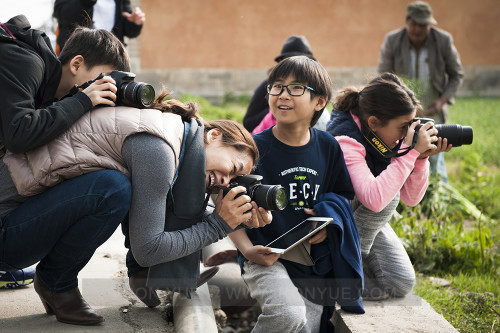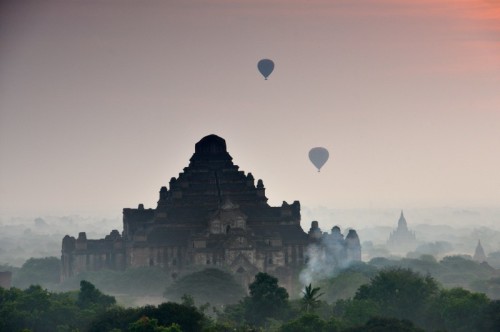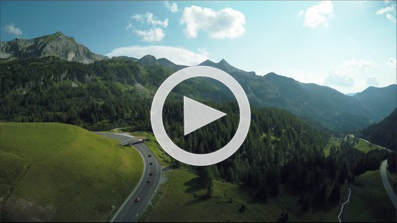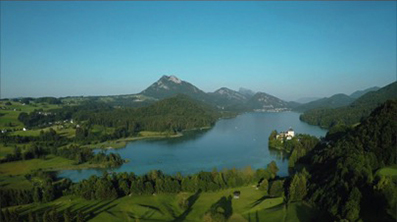(For parts 1 and 2 of this 3-part series, please see “A holiday? Not exactly…” and “Impatient to run free…“)
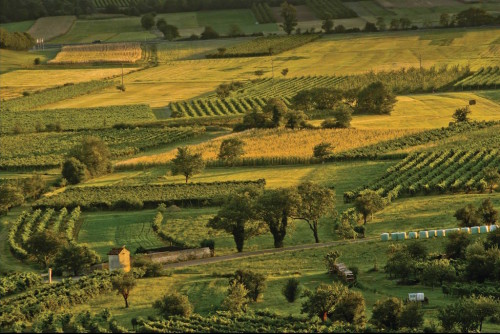
In the Vipava valley
“What do you really mean by a ‘Hidden Gem’?” people often ask me. Everyone intuitively knows what we mean, but it’s tricky to put it into words. When I try to describe my idea of a hidden gem, I say that it’s a well-kept secret, found in the most unexpected location at the most unexpected of times.
Still, that’s the kind of answer that, if it came from a politician, might make you roll your eyes and say to yourself “That’s why I hate politicians,” because it feels calculated and inauthentic. And so, often, I end up answering “I know one when I see one.” While this is still unhelpful, at least it has the merit of being completely true.
Whenever we’re researching a new itinerary, the quest is really to uncover hidden gems. From the moment I type a query into Google or e-mail a friend for suggestions to the day I finally program the address of one of my potential gems into the GPS, I am filled with anticipation that we might, perhaps, have found another one.
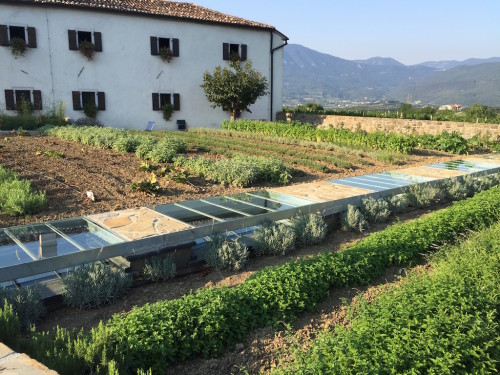
What’s in the garden goes…
Back on June 23 this year, when I looked at my map of Slovenia the restaurant on our “to-do” list for the day, Majerija, looked like it was right off the highway. Thinking of greasy fast food at charmless service stations, I was almost put off visiting it. Would it be worth our while visiting it? That the restaurant is located in a village called “Slap” did little to assuage my worries.
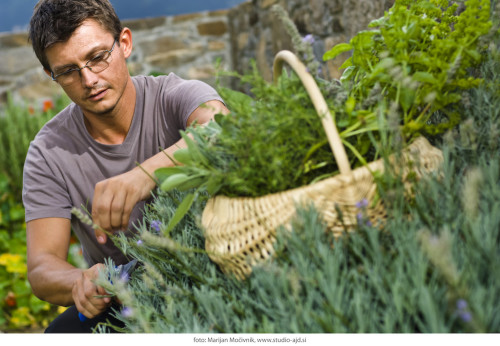
Matej: “from the garden to the plate…”
From Lipica we turned north toward Ljubljana, before turning onto the highway to Trieste. After ascending a gentle pass, the modern highway swoops across elevated bridges and through brightly-lit tunnels into the Vipava valley, one of Slovenia’s wine-growing regions. Descending to near sea level, the temperature had risen to 35 degrees by the time we exited the highway. By this time one thing had become clear: wherever and whatever Majerija was, it wasn’t in a service station.
The road to Slap was so small that I missed the turn-off and had to do a U-turn to get back on course. Once on this little road, we saw a tiny village ahead, its diminutive skyline dominated by a church steeple. The road led through meadows, the air alive with the sound of cicadas and birds. Even though we were no more than two minutes from the expressway, it could not have felt further away. Both Pei Fen and I felt that as we drove we were not only slipping away from modern busy-ness, but also back in time.
Slap’s red, brick houses are situated on a gentle slope, and the village looks neat but still organic. Just 427 Slappers live in here. As we approached, I was filled with a mixture of apprehension and hope. It seemed highly unlikely that a restaurant worth a forty-five-minute drive could be here, in such rustic surroundings.
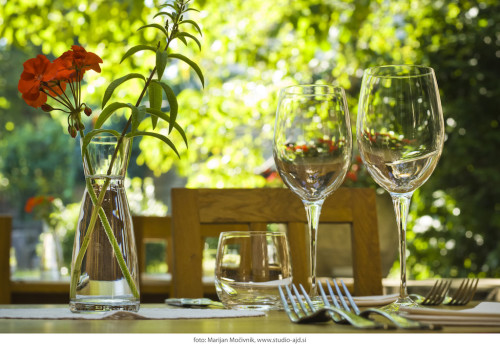
Dining in the midst of nature…
We drove past the church of St. Matthew and before we knew it the village was in our rear-view mirrors, and still the road kept rising and winding its way through the countryside as the road gradually narrowed futher. According to the GPS we had just another 200 meters to go to Majerija. We rounded one final corner and turned into a farmstead: if ever I’ve seen a “hidden gem” of a restaurant, this had to be it.
Majerija exists and is what it is because the owners, Matej and his wife, love what they do and because they are who they are: no attempt is made to convince others to like what they like; instead, they welcome those who, by word of mouth, love what they love.
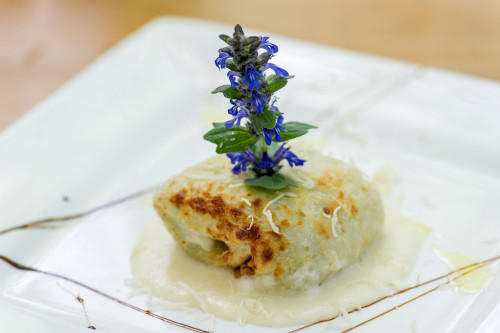
Boletus pate with wild fennel flower topping and crostini
Majerija is a collection of four 18th century buildings that were and are one home. Dark wood-framed windows, decorated with bright red geraniums, contrast against white stone walls. The buildings are surrounded by vineyards, trees and verdant undergrowth, and festooned by tangles of roses. On the day of our visit, the deep blue sky completed the image of a home completely in tune with the environment that surrounds it.
A curved walkway leads to the entrance of the restaurant. As we turned the corner we see a few wooden table with white tablecloths, crystal glasses and gleaming silverware set in the shade by the side of the house. Shortly after we sat down, Matej emerged from inside the house and handed us his menu. I knew we should order – we had so much to do in the afternoon – but I put down the menu, closed my eyes and felt that I wanted to stay there for the rest of the day.
Eventually I picked up the menu again and ordered: “Boletus pate with wild fennel flower topping and crostini”, “Roasted shank of suckling pig and traditional autumn vegetables” and “Chestnut pave, homemade vanilla ice cream and cinnamon foam”, each one a feast for my eyes and my palate.
We spent one-and-a-half hours in the hands of Matej and the lap of Majerjia, a blink of an eye, it seemed – far too short in any event. When we took our leave it was with great anticipation of the time, in September, when we can share this experience with guests because, in the end, no words can do it justice.
*************
This post concludes a series of three posts about a single day on our latest research trip, June 23. A mad day of research? Yes, certainly. A typical day on the road when we’re putting together a new itinerary? Yup! But above all, an unforgettable day!
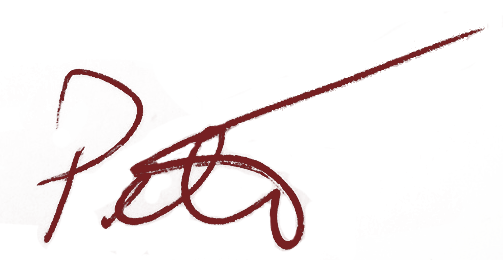
Interested in our new itinerary? Please see here the Journey Dossier for Austrian-Hungarian Lands I: Vienna, the Adriatic, the Alps and Prague (12, 10 or 8 Days)
